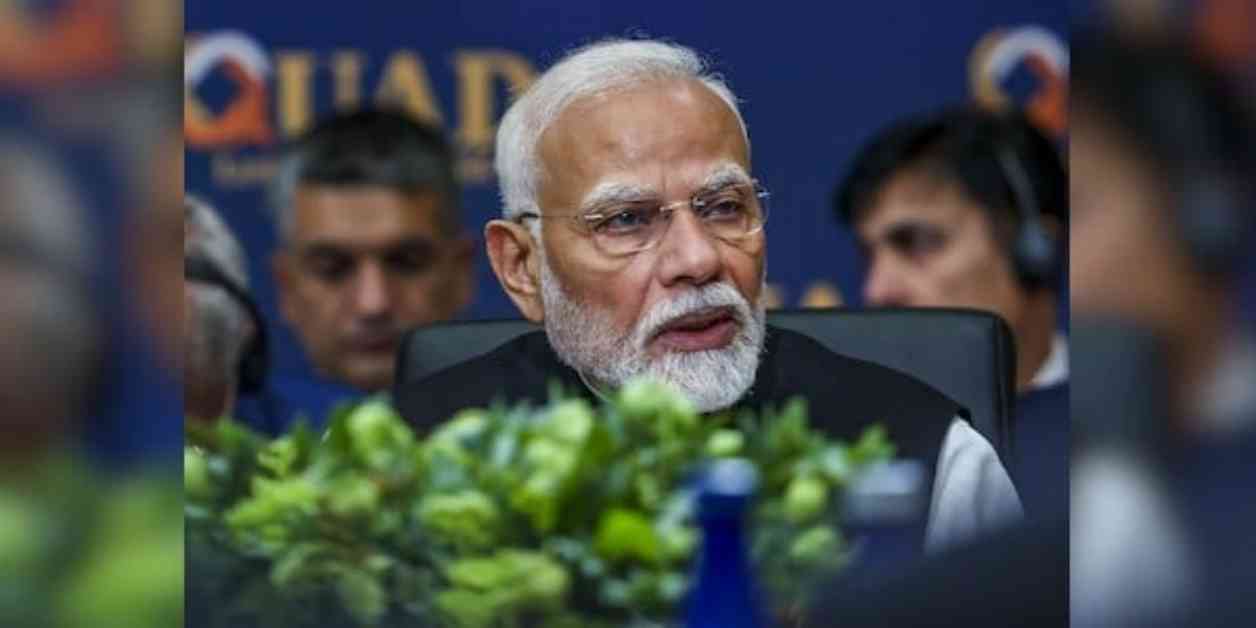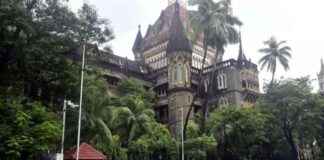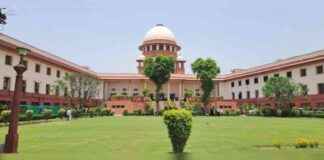PM Modi Inaugurates Three Param Rudra Supercomputers for Climate Research
Prime Minister Narendra Modi recently launched three Param Rudra supercomputers and high-performance computing (HPC) systems for weather and climate research. Developed in India under the National Supercomputing Mission (NSM), these supercomputers represent a significant milestone in the country’s technological advancement.
Valued at approximately Rs 130 crore, the Param Rudra supercomputing systems will be deployed in Pune, Delhi, and Kolkata to support high-performance scientific research and development. This strategic move underscores India’s commitment to self-reliance in computing and innovation in science and technology.
During the virtual inauguration event, Prime Minister Modi emphasized the critical role of computing capacity in shaping national capabilities in the 21st century. He highlighted the direct correlation between science, technology, computing capabilities, and opportunities for research, economic growth, and societal development.
Enhancing Weather and Climate Research
In addition to the Param Rudra supercomputers, Modi also inaugurated ‘Arka’ and ‘Arunika’ high-performance computing systems tailored for weather and climate research. These systems will play a crucial role in advancing meteorological studies and improving forecasting accuracy.
The Giant Meterwave Radio Telescope (GMRT) in Pune will leverage the supercomputer for research on fast radio bursts (FRBs) and other astrophysical phenomena. In Delhi, the Inter-University Accelerator Centre will focus on enhancing research in physical sciences and nuclear physics. Meanwhile, the S N Bose Centre in Kolkata will utilize the supercomputer for advanced courses in physics, cosmology, and earth sciences.
Striving for Innovation and Self-Reliance
The launch of the HPC system tailored for weather and climate research is a part of a larger project with a total cost of Rs 850 crore. This system is located at the Indian Institute of Tropical Meteorology (IITM) in Pune and the National Centre for Medium Range Weather Forecasting (NCMRWF) in Noida. By harnessing high-resolution models, researchers aim to enhance the accuracy and lead time of predictions related to tropical cyclones, heavy precipitation, thunderstorms, hailstorms, heatwaves, droughts, and other critical weather phenomena.
The development and deployment of these supercomputers signify India’s commitment to fostering scientific innovation, technological advancement, and self-reliance in critical domains. With a focus on enhancing research capabilities and driving progress in weather and climate studies, these initiatives are poised to make a significant impact on the scientific community and society at large.
As India continues to invest in cutting-edge technologies and research infrastructure, the country is positioning itself as a global leader in scientific innovation and technological development. The inauguration of the Param Rudra supercomputers and HPC systems marks a significant milestone in India’s journey towards becoming a hub for advanced scientific research and innovation.
In conclusion, Prime Minister Narendra Modi’s launch of the Param Rudra supercomputers and HPC systems underscores the country’s commitment to leveraging technology for the greater good. By investing in state-of-the-art computing infrastructure and fostering a culture of innovation, India is paving the way for a brighter, more technologically advanced future.




















